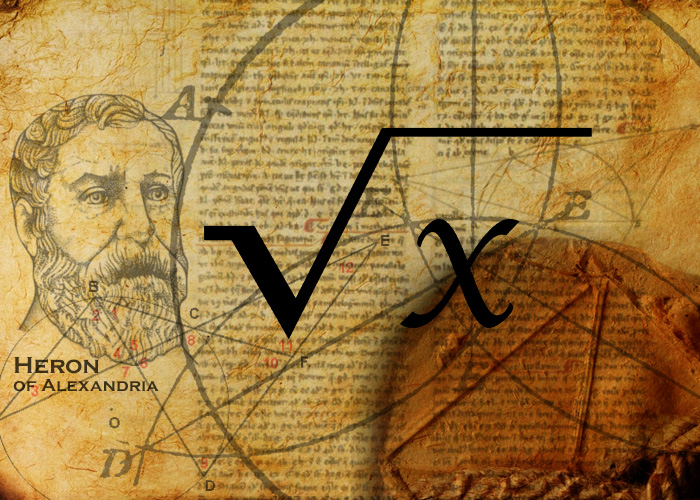The Roman Numeral System is an old numeration system that we still used today, you can find some on buildings, clocks and books. I will outline the approach I used in dealing with converting Roman numerals to Hindu-Arabic system and from Hindu-Arabic numerals to Roman numerals.
Before we begin, it is important that you are familiar with place values (e.g., ones, tens, hundreds etc.) , as this would be our key tool. Dealing with Roman Numerals, we need to familiarize ourselves with some ground rules.
I. Get familiar with the basic Roman Numerals with fixed values.
|
Hindu-Arabic Numerals |
1 |
5 |
10 |
50 |
100 |
500 |
1000 |
|
Roman Numerals |
I |
V |
X |
L |
C |
D |
M |
II. We add the Hindu-Arabic values for same or smaller values that is written on the right side of a Roman numeral.
Example: XXII = 10+10+1+1 = 22
III. We subtract the Hindu-Arabic values for smaller values that is written on the left side of a Roman numeral.
Example: XL = 50 – 10 = 40
IV. Roman numeral symbols I, X, C and M can be written three times in a sequence.
Example: CCC = 100+100+100 = 300
V. Roman numeral symbols V, L, and D cannot be written repeatedly in a sequence.
It would be helpful if you get familiar with the table below:
|
Hindu-Arabic Numerals |
4 |
9 |
40 |
90 |
400 |
900 |
|
Roman Numerals |
IV |
IX |
XL |
XC |
CD |
CM |
Identifying the Place Values plays a key role in expressing Roman numerals to Hindu-Arabic and from Hindu-Arabic to Roman Numerals.
Expressing Roman Numerals to Hindu-Arabic Numerals. Our approach is laid out in the following steps
Take for example: CCXXIX
1. Identify the place values involved. Looking at our example the presence of the Roman numerals C indicate that we are dealing with a 3-digit Hindu-Arabic numeral to it’s hundreds place.
2. Group the Roman numerals according to their place values.
|
Hundreds |
Tens |
Ones |
|
CC |
XX |
IX |
3. Get the respective Hindu-Arabic values in each place values. (Use the ground rules (II and/or III), we laid out earlier on this article, as necessary)
|
Hundreds |
Tens |
Ones |
|
CC |
XX |
IX |
|
100+100 |
10+10 |
10-1 |
4. Get the sum of the resulting numbers in each place values.
|
Hundreds |
Tens |
Ones |
|
CC |
XX |
IX |
|
200 |
20 |
9 |
|
229 |
||
More examples:
Example: XCIV
|
Hundreds |
Tens |
Ones |
|
XC |
IV |
|
|
100-10 |
5-1 |
|
|
90 |
0 |
4 |
|
94 |
||
Example: DXV
|
Hundreds |
Tens |
Ones |
|
D |
X |
V |
|
500 |
10 |
5 |
|
515 |
||
Expressing Hindu-Arabic Numerals. Our approach is basically the same as mention above but this time it’s the other way around
Take for example: 612
1. Identify the place value involved. We can clearly see that this one contains a hundreds place value
2. Expand the Hindu-Arabic numeral according to its place values.
|
Hundreds |
Tens |
Ones |
|
600 |
10 |
2 |
3. Convert each Hindu-Arabic place values to Roman symbols. Use the ground rules as necessary.
|
Hundreds |
Tens |
Ones |
|
600 |
10 |
2 |
|
DC |
X |
II |
4. Combine the resulting roman numeral symbols in each place value, starting from left to right.
|
Hundreds |
Tens |
Ones |
|
600 |
10 |
2 |
|
DC |
X |
II |
|
DCXII |
||
More examples:
Example: 974
|
Hundreds |
Tens |
Ones |
|
900 |
70 |
4 |
|
CM |
LXX |
IV |
|
CMLXXIV |
||
Example: 450
|
Hundreds |
Tens |
Ones |
|
400 |
50 |
0 |
|
CD |
L |
|
|
CDL |
||

